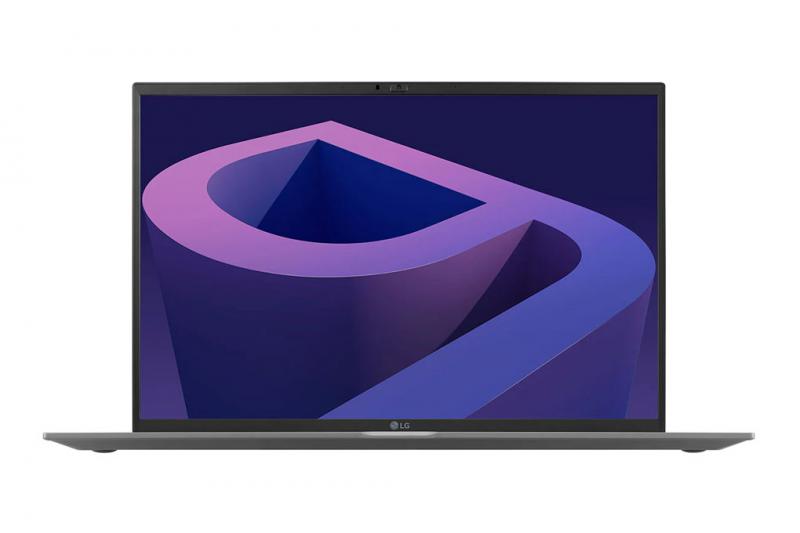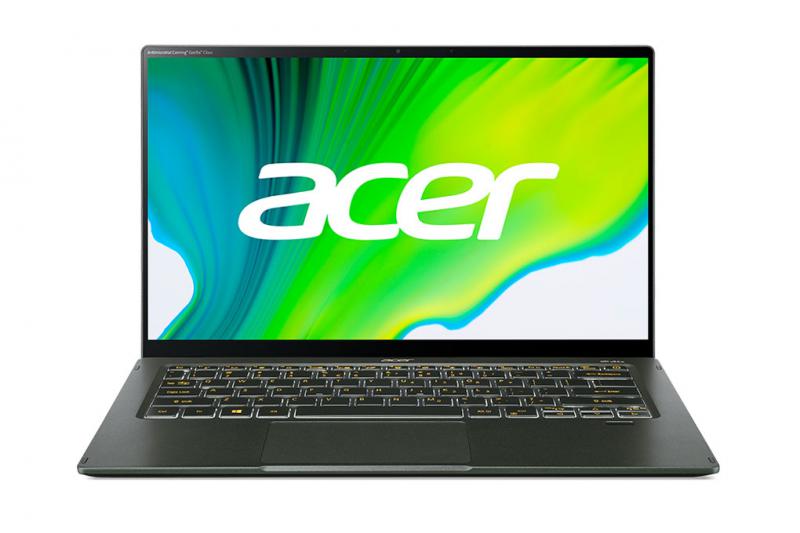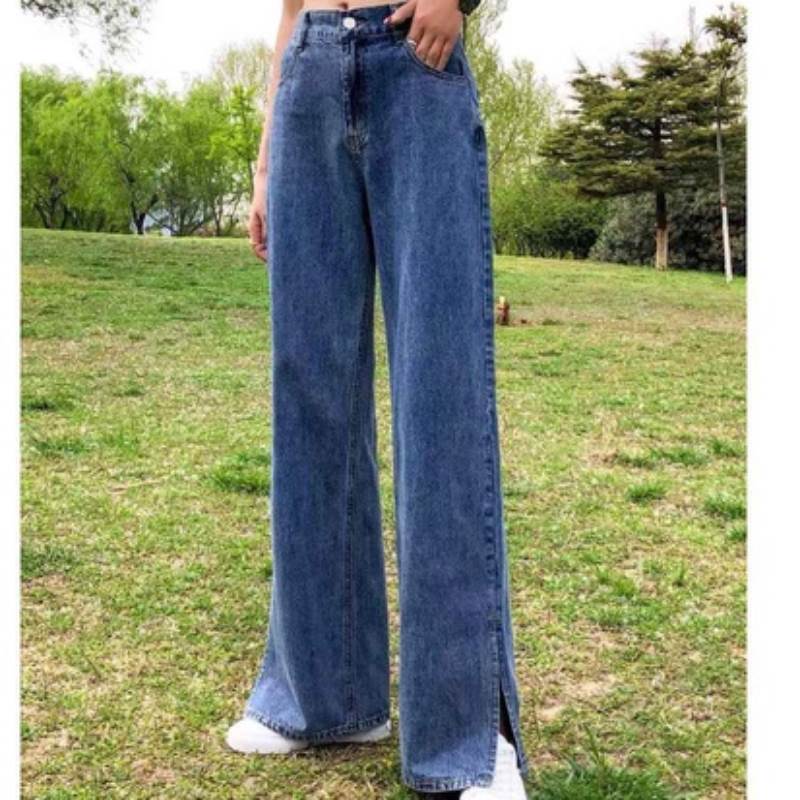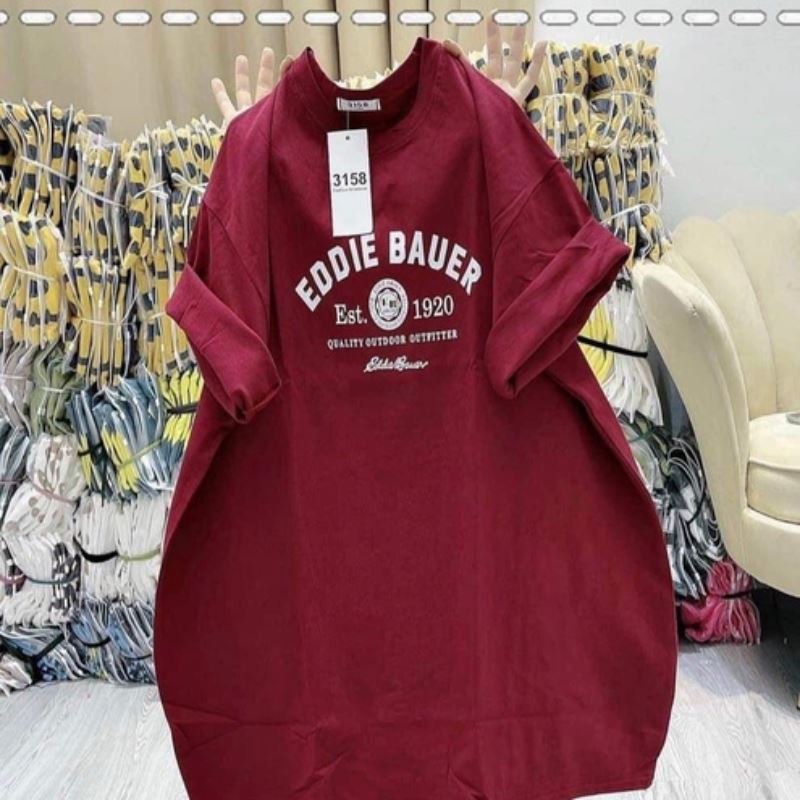If you’re in the market for a new kitchen countertop, you likely have one burning question: What is quartz made of? And then also these: Is quartz expensive? Is it durable? What are the pros and cons. Etc! So many questions! See, quartz has gotten incredibly popular over the last 10 years or so. Yet, people don’t really know much about it. Let’s take a look!
What is Quartz Made Of?
Artificial quartz stone countertops are man-made engineered stone countertops formed by combining around 90 percent ground quartz (a natural hard mineral) with eight to 10 percent resins, polymers, and pigments. This forms a very hard granite-like surface. The appearance depends on how the quartz is ground: coarsely ground quartz produces a flecked appearance, while finely ground quartz produces a smooth look.
What are the Major Brands of Quartz Countertops?
The Italian company Breton owns the patent to manufacture solid surfaces from quartz and resins. All other companies use that patent for their own brand of quartz countertops, including Silestone, Corian, Cambria, CaesarStone, Avanza, and Technistone.
What’s the Environmental Impact of Quartz?
Light to moderate! Quartz is the second most abundant material in the earth’s crust (which is good), but the acrylic resins used in quartz countertops are petroleum by-products, and they often contain alumina trihydrate fillers made from bauxite ore, which is mined primarily under toxic conditions in developing countries. However, the countertops are still extremely durable and non-porous. Additionally, a few major brands including Formica, Wilsonart and Silestone have been certified by GreenGuard as low emitting. Other brands, like Cambria Quartz, are mined and made entirely in the USA.
Calacatta and Carrara quartz are among the most preferable options for countertops today. With their clean white shade and beautiful veining, they blend well with any kitchen design and amplify the look of the interior. Perfect addition for both commercial and residential spaces, these quartz can be installed as kitchen countertops, waterfall islands, or even as bath vanity tops and vanity sinks.
Both Calacatta quartz and Carrara quartz are inspired by the look of natural marble and hold a replicative resemblance. Some mutual characteristics of these quartz countertops are white, light grey, or beige background, with dark shade veining, fine or bold. They feature such a classic and always highly desirable look. However, there are some differences between the two quartz. Let’s see what those are.
Quartz calacatta: It consists of bolder, more dramatic, wider, and darker grey veining over a serene white base. It’s perfect for interior designers and homeowners who are looking for a powerful focal point in the kitchen. Due to its seamless design pattern, this quartz countertop is apt for installation as a waterfall island.
Carrara quartz: While Carrara Quartz features soft, subtle, very fine, and delicate veins and usually seems to be in blue-grey color. The veining is so fine that it almost disappears and merges in the background. When you place both these quartz sides by side, you will notice that Carrara quartz has a much granier pattern than that of Calacatta Quartz.
Imperial Vanities has a classic collection of prefabricated Carrara and Calacatta Quartz countertops that could embellish the space and fit well in any interior design project.
Among many cabinet countertop materials, quartz stone has become the preferred surface material. Quartz stone is an artificial stone surface material die-casted by a quartz stone manufacturer through equipment, and later made into a quartz stone countertop by a stone processor.
Nowadays, the quartz stone market is chaotic, the quality is uneven, and the price of quartz stone varies from high to low. How to choose a quality quartz stone countertop in this situation? We can start from the following points.
Before buying, we should do a good job of positioning, that is, we should clarify our real needs, and don&39;t buy with the trend. Because the price of quartz stone is much higher than other surface materials, if it is more limited, it is better to give up buying quartz stone and choose other materials to prevent buying low-quality plates. Quartz stone is artificially pressed by 93% quartz sand and resin. Inferior plates may use other materials as fillers or use other binders. This type of plate has certain harm to the human body and should be purchased with care.
First of all, we should choose branded quartz stone, which has a certain guarantee for quality.
Furthermore, choose the color of the quartz stone according to the color of the cabinet panel. Most of the countertops are made of monochrome quartz. Simple patterns are better. If it is too fancy, it will easily dazzle the viewer and lose the distinction between primary and secondary.
The last is to check the quality of the board, such as hardness, odor, penetration and acid resistance and so on.
The Basic Process
Although the process varies based on the source, the basic formula involves irradiating the stones at 60 megarads (mrd) with cobalt 60, X-rays, or electrons. The material will return from the lab an opaque black or brown. Then, heat the stones in a household toaster oven to 650° F. Household ovens list their maximum temperature as 550° F. However, if you leave the oven temperature at the maximum setting for long periods, the temperature will rise above the rated settings. If the economics justify it, a glass door laboratory furnace makes a better tool. Since each individual piece will change color at a different time, seeing the heating action is absolutely necessary.
You can modify the basic process to achieve different effects, depending on the quartz source. In some instances, you might only achieve a quartz color by first destroying the existing color center. This requires heating the crystal until it’s clear or white at temperatures up to 550° F. If you exceed this temperature, you risk creating an opaque, opalized stone. In other words, the quartz turns to a milky consistency resembling a common opal.
If heating to 550° F doesn’t achieve the quartz color you want, try increasing the radiation dosage or subject the work piece to a different type of irradiation. For example, a quartz that goes to a straw yellow color on cobalt 60 might turn canary when exposed to electrons. Again, the color you might achieve depends on the material’s origin.
Below, you’ll find some results and individual treatment processes.
Smoky Quartz
All quartz can be irradiated to create the morion variety of smoky quartz. Additionally, all quartz will turn a blackish or brownish color on exposure to 0.5 to 1.5 mrd of cobalt 60, gamma, X-ray, or electron radiation. However, this won’t yield uniform color.
If that’s your goal, first irradiate then separate the lighter ones for re-irradiation at a higher dosage. Next, separate those with the optimum color. Heat the stones that come back opaque black in a household toaster oven until you reach the desired shade.
Except for this post irradiation heating step, the lab process involves little heat or static electricity. Thus, you can treat included material. The maximum temperature the quartz will be exposed to during the irradiation process is 400° F.
Arkansas Quartz (USA)
I tested stones from various areas of this deposit. None took color. I just treated them all to smoky quartz.
Milky (Silk) Quartz
After testing stones from numerous locations in Brazil, the United States, and other nations, I found that, apparently, all hazy quartz with silk-like inclusions, no matter what intensity, will treat. This includes natural rose quartz. Common results ranged from various yellows, an occasional orange cast, to an occasional greenish cast.
In some cases, you can cook out the silk through pre-irradiation heating. In other cases, you can dissolve it during the irradiation process. You can even observe the lessening of the silk in the final heating step. However, some silk won’t dissolve during this heating process. Use caution when performing this step. The crystal may shatter during heating. This material seemed to reach its maximum color saturation at a dosage of 60 mrd. Again, different types of radiation produce different shades of color.
Controlling Your Milky Quartz Color Results During Heating
During the final heating process, you can control the color somewhat. After you’ve irradiated the stones, spread them evenly on your toaster oven rack or a perforated baking sheet. (You must allow air to circulate freely around the stones, so don’t place them on a regular cookie sheet). Set your toaster oven to maximum temperature, then wait patiently.
By continuously observing through the glass door, you’ll see the stones change color from an opaque black. Remember, each stone may change at a different time. Larger crystals require more heating time. Therefore, size grade and heat stones of one size together to operate more efficiently.
Keep in mind that most ovens reach hotter temperatures front to back. You might try putting larger crystals on the last row to better observe them. So, while they’re still heating, you can remove the faster turning smaller crystals in the front row.
Starting from a cold oven, expect to wait about two to eight hours for the crystals to turn. The transition can go from opaque black to slightly transparent brownish black, to greenish yellow, to canary yellow. This material changes slowly, so you have plenty of time to remove them at the desired color. Again, a glass door comes in handy. You can observe the quartz color change without constantly opening and closing the oven, which will delay the process.
Once you’re happy with a stone’s color, remove it with metal tongs and set it on a metal cooling tray. If you leave the stones in at maximum temperature for very long periods, they can fade to light yellow and eventually revert to white.
Reducing Breakage
This is quite a hands-on heating process. Keep the opening and closing of the oven door to a minimum. Thermal shock will occur if too much cool air enters the oven chamber. However, you can’t avoid this completely. Expect some breakage but take steps to minimize it.
Wait until a good number of stones have turned to a desired shade. Then, shut off your oven and let it cool to room temperature by cracking the door slightly. If you don’t vent the oven, the temperature will continue to rise and overheat your stones. Luckily, if you do overheat, all is not lost. Simply re-irradiate and start the process all over.
Caramel Quartz
If you treat quartz from various locations, you’ll likely encounter this type. I found three mines in the Arasuai area of the state of Minas Gerais, Brazil that produce caramel quartz. None of the stones showed any identifying inclusions. I don’t believe they occur well-formed. They were presented to me in broken crystals or in cobbed form. One location produced only crystals up to 30 grams. The other two produced crystals of 1 to 2 kilos.
I irradiated and heated these stones using the milky quartz process I’ve described above. However, they have a different color transition. They go from opaque black to slightly transparent brownish to reddish or orangish brown. With continued heating, some eventually went pure orange. These stones required longer heating times. Some crystals, however, stayed brownish orange even after two days of heating. I expect they might go pure orange at a higher temperature than I could achieve with a toaster oven.
One mine produced stones with a transition to pure orange. They went from black to a brownish orange and then turned a golden orange.
Neon Green Quartz
Two adjacent mines just outside of the village of Itacambira, Minas Gerais, Brazil produce quartz of widely varying colors. These stones range from golden and neon green (limon) to bicolors and tricolors of golden and black or brownish. You’ll also find green, black, or brownish. Both mines yield very clean to flawless crystals up to about 100 grams maximum. These elongated crystals have unusual 10-sided terminations.
You irradiate these as you would other quartz, but the similarity ends there. Their heating process is quite involved and difficult. The crystals return from the lab opaque black. Start heating them at a lower temperature of 350° F. This way, you’ll have the time to take out the maximum number of green ones, which are most valuable. The crystals go from black opaque to a slight transparency in the center only. Just the center will lighten and turn green. The two ends will remain opaque black or slightly transparent brown or black.
Creating Pure Green Stones
Unlike milky quartz, quartz pure color lasts from a matter of seconds to a maximum of a minute or two. Therefore, you must remove these stones quickly from the heat as they change. If you delay, the centers will turn a golden yellow color. At that point, you’ll have a tricolor stone with a green center and blackish ends. If you take too long, you’ll have a tricolor with a golden yellow center.
To create a strictly green product line, at the first removal step, saw or cob away the two ends. Keep them separate. Next, put all the sawed sections of crystals, from the end away from the termination, back in the oven. Now, these pieces can also turn green. Again, heat them to 350° F so the change from blackish will be more gradual. If you heat them at a higher temperature, like 550° F, you’ll have more difficulties removing the green ones before they change to golden.
After you’ve finished processing the ends away from the termination, process the terminated ends. These will all have slight inclusions right on their tips. Saw or knock them off. When heated, these go mainly golden. While you might have a small portion of green stones, it’s impossible to catch the green and golden together, because the green comes out at a lower temperature. Right at the termination, you won’t get any green first. It goes straight to golden. If you overheat at any step, simply re-irradiate and repeat the process.
Red Quartz
When irradiated, all milky or rose quartz will treat to various shades of yellow, from golden to canary. There is very little difference between rose quartz and clear quartz. However, submicroscopic inclusions of dumortierite create the color of rose quartz. This borosilicate mineral, usually blue or pink, contains titanium.
A deposit just outside the small city of Governador Valadares, Minas Gerais, Brazil, in an area called Ganga Rosa, produces rose quartz crystals. To the best of my knowledge, only Ganga Rosa yields rose quartz in terminated crystals. These crystals can occur anywhere from colorless, to a hint of pink, to a fine rose color. For irradiation coloring purposes, it doesn’t seem to matter if you begin with well-saturated or clear pieces. Simply dose this material to 60 mrd. The subsequent heat treatment can vary depending on the location of the material.
Ganga Rosa Quartz and Irradiation
So far, my testing shows that quartz achieves its full saturation at a dose of around 60 megarads. Higher dosage serves no purpose, except for the Ganga Rosa material. While other irradiated quartz stones return from the lab opaque black and need heating, Ganga Rosa turns strawberry red at 60 mrd, with medium to light intensity. No subsequent heating is necessary. The higher the radiation dosage, the darker the color.
My experiments were limited to gamma radiation, using cobalt 60 and X-rays in the form of residual irradiation. During the X-ray testing, I noted that the material continued to darken. I placed crystals just outside of the direct beam cylinder at a linear accelerator laboratory. Then, the material inside the cylinder received a dosage at 24 MEV of 5,000-10,000 mrd electrons.
While I couldn’t gauge exactly what dosage the exterior area containing the quartz received, I estimate it at several thousand mrd at an accelerated dosage rate, at least. As the laboratory explained, this residual irradiation is X-ray (gamma) only. Undoubtedly, with higher dosage, we could reach a color intensity as dark as ruby. Note that, most likely, you can’t overdose this material. You can heat back all irradiated materials in stages on low temperature treatments.
I observed another interesting effect with Ganga Rosa quartz with attached calcite (or more likely a calcite pseudomorph). With irradiation, this attached mineral goes black, as you would assume a quartz would do but not a calcite. This can create an interesting bicolor effect in some of the pieces.
Dien Dan Rao Vat
Wednesday, August 25, 2021
What Is Quartz Made Of — And What Are The Pros and Cons of a Quartz Countertop?
Subscribe to:
Post Comments (Atom)




















0 nhận xét:
Post a Comment